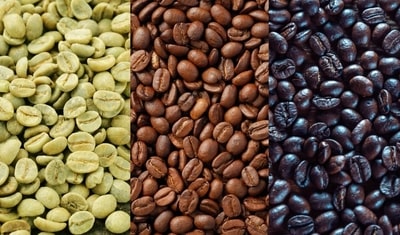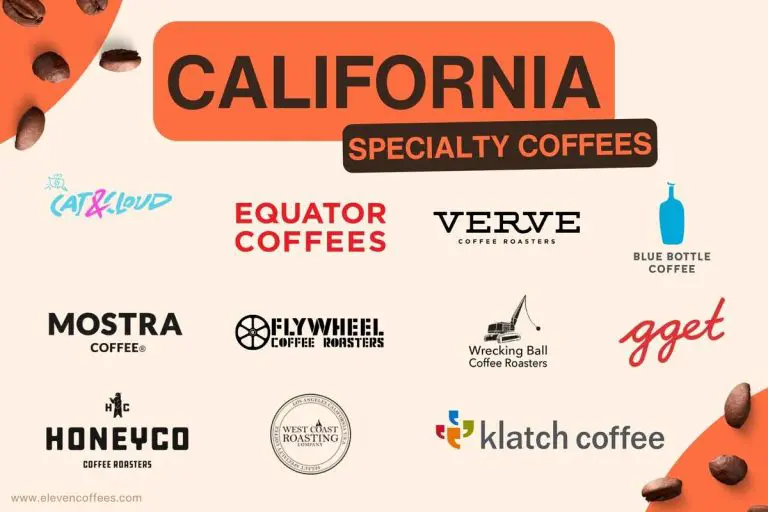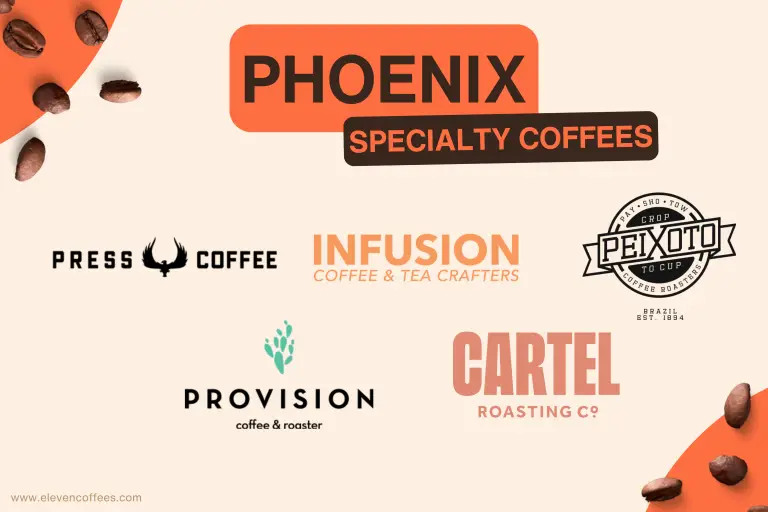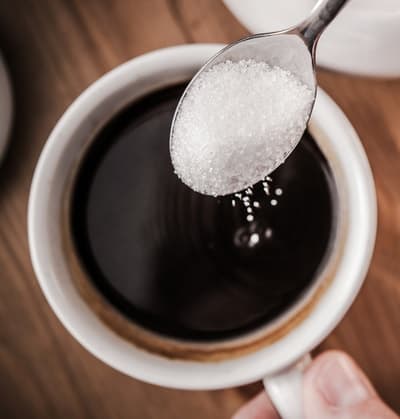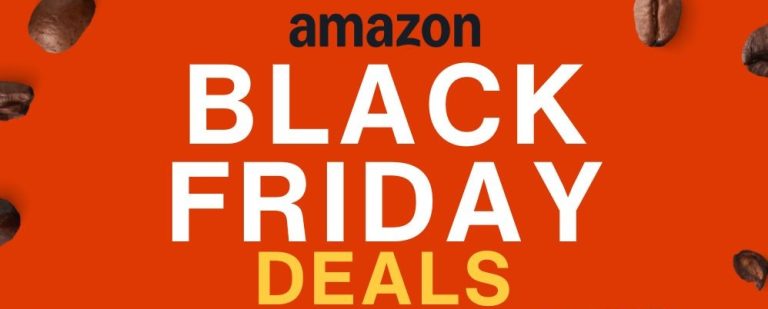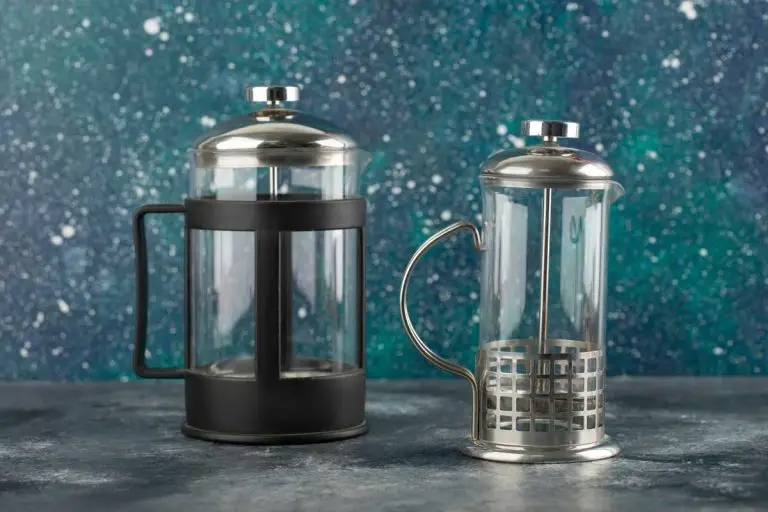The 10 Most Popular Coffee Roasts (With Image Guide)
When shopping for coffee beans, the seemingly endless choice of coffee roasts on offer can be pretty confusing. Let’s delve into the different types of popular coffee roasts so you can make the best decision.
| Type of roast | Colour | Taste |
|---|---|---|
| Light | Light brown | Toasted, light body, high acidity |
| Medium | Brown | Rounded, sweet flavour, extra body |
| Medium-dark | Dark brown | Heavy, full body, bittersweet |
| Dark | Black | Smokey, burnt, intensely bitter |
These four types can be further broken down in 10 different roast profiles. The roasting process is usually determined by the quality of the coffee beans. Find out which coffee roast you should buy for delicious coffee that’s bitter-free.
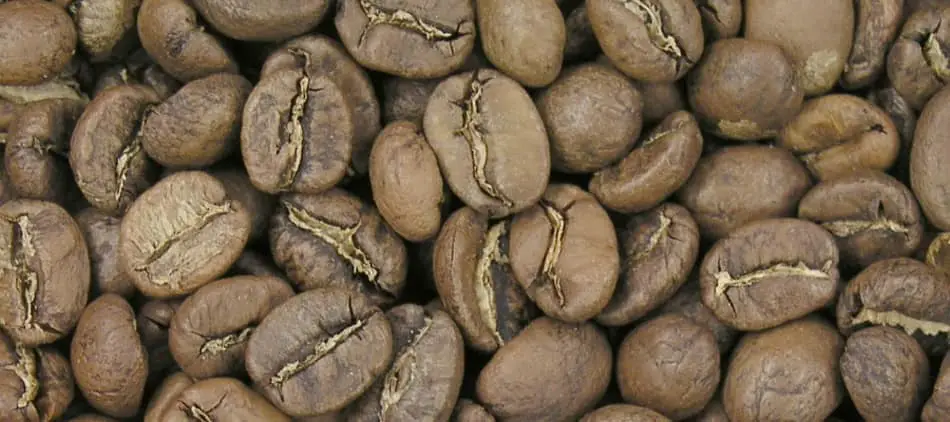
Light roast coffee beans
Roasters call light roast coffee so-named because the short roast time leaves the beans with a light brown color.
Light roast coffee beans reach an internal temperature of between 180°C – 205°C (356°F – 401°F).
| Light roast profiles | Temperature |
|---|---|
| Cinnamon | 196°C (385°F) |
| New England | 205°C (401°F) |
At around 205°C (401°F), the coffee beans begin to make a popping sound, known within the coffee industry as first crack.
The beans expand and the moisture evaporates, causing the cracking sound. The moisture creates steam along with a buildup in pressure, which forces the beans to crack open.
The cracks begin at intervals of a few seconds and gradually increase in speed. The sound is very similar to when corn is heated to make popcorn.
Roasters stop coffee considered lightly roasted just before or at the very beginning of the first crack stage.
Lightly roasting coffee requires both an excellent raw ingredient and a skilled coffee roaster. If roasters don’t roast the coffee properly, it will have undesirable flavors like peanutty, grassy, and savory notes. Roasters refer to this as an underdeveloped coffee.
When done properly, a lightly roasted coffee is exquisite. The result is a coffee that is light in body and high in acidity. Just as with wine, acidity is very important in coffee as it provides a refreshing quality.
Lightly roasted coffees highlight the terroir, or where the coffee originates, as the roasting process has the least influence on the beans.
Light roast coffee really opens your eyes to how coffee can really taste, and it’s definitely something you should try.
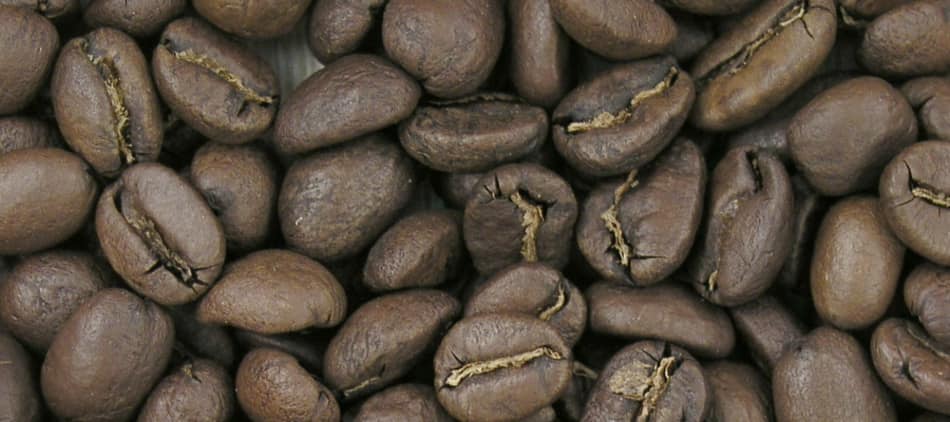
Medium roast coffee beans
Medium roast coffee beans are a slightly darker shade of brown. The colour change is caused by the natural sugars within the beans beginning to caramelise. This also results in a stronger aroma coming from the beans.
For a medium roast, the internal temperature of the bean reaches somewhere between 210°C – 224°C (410°F – 435°F).
| Medium roast profiles | Temperature |
|---|---|
| American | 210°C (410°F) |
| City | 219°C (426°F) |
| City+ | 224°C (435°F) |
The longer roasting time causes the beans to shrink by some 13 percent as the moisture evaporates.
Medium roast beans are finished roasting partway through first crack or shortly after it’s stopped.
The increased roasting time has given the beans a little flavour from the roasting process, but the terroir is still very clear.
The extra roasting makes the coffee more rounded with an increase in sweetness and body but with a little less acidity.
Along with a light roast, medium roast coffee is also delicious. In fact, light and medium roasts are the two best-tasting coffee roasts.
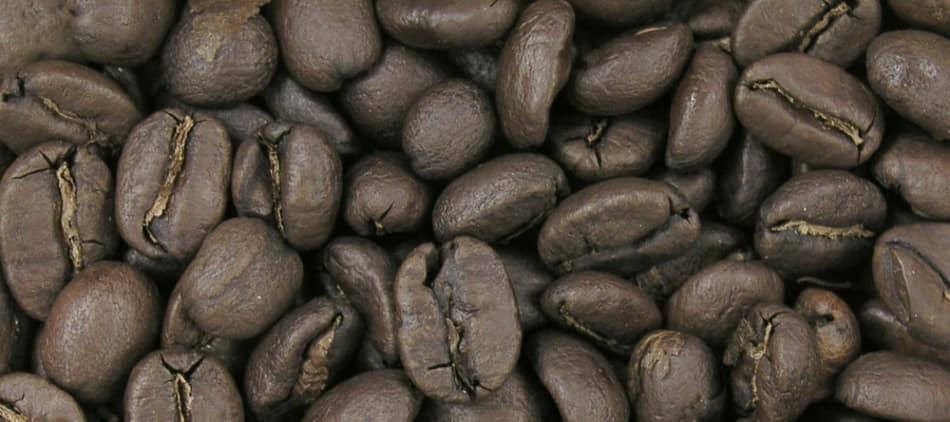
Medium-dark roast coffee beans
Medium-dark coffee beans are a very dark shade of brown. Some of the oils that were trapped inside the beans may now be visible as they’ve risen to the surface.
The beans have reached an internal temperature of 225 – 234°C (437 – 454°F) at this stage.
| Medium-dark roast profiles | Temperature |
|---|---|
| Full city | 225°C (437°F) |
| Full city+ | 234°C (454°F) |
A second crack occurs when the internal temperature reaches 230°C (446°F). Roasters cut a medium-dark roast short just before the second crack begins or shortly after it starts.
A medium-dark roast loses most of the acidity, leaving the coffee with a distinct bittersweet aftertaste caused by further caramelization.
The coffee has also lost most of its original characteristics as the prolonged roasting imparts more roasted flavours. The result is a coffee that has a much heavier body with a deep flavour and a very strong aroma.
Coffee is usually roasted this dark is because it’s cheap, low-grade coffee. The roasting process covers over defects and inconsistencies caused during the production and processing of the beans.
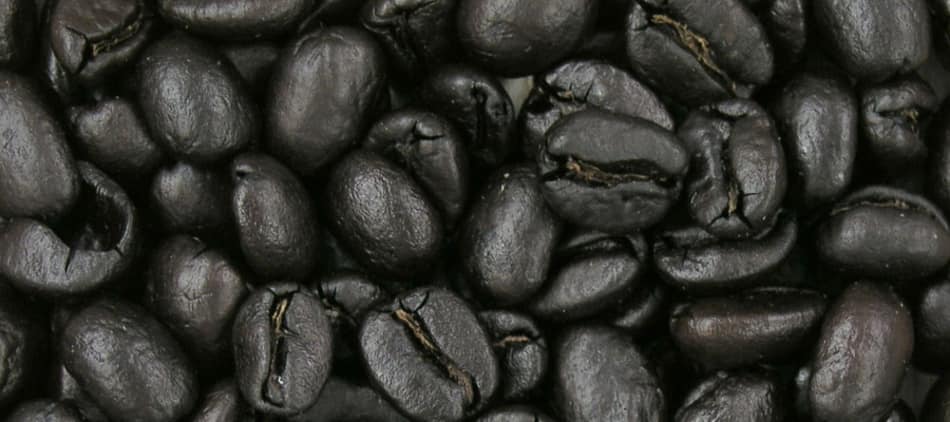
Dark roast coffee beans
Dark roasting turns coffee beans from brown to black. At this stage, the beans become shiny as their oils heavily coat them.
The coffee beans have passed second crack, reaching an internal temperature between 239 – 246°C (462 – 474°F).
| Dark roast profiles | Temperature |
|---|---|
| Vienna | 239°C (462°F) |
| French | 243°C (469°F) |
| Italian | 246°C (474°F) |
At this point, the roasting process destroys all the original flavors and acidity, leaving the beans burnt and charred.
The only remaining taste is the roasted flavour that the roaster has imparted. The coffee has a burnt and smokey taste that is intensely bitter.
Roasters only roast coffee this dark for one reason: to hide the terrible taste of green coffee caused by poor processing. Only the very cheapest, low-grade robusta coffee is usually ever roasted this darkly.
Coffee that has an internal temperature of 252°C (486°F) could be as much as 25 percent ash. Roasting coffee past this temperature can also be extremely dangerous.
Releasing the beans from the coffee roaster can cause a fire due to the sudden rush of oxygen, so roasters must exercise extreme caution when dark roasting.
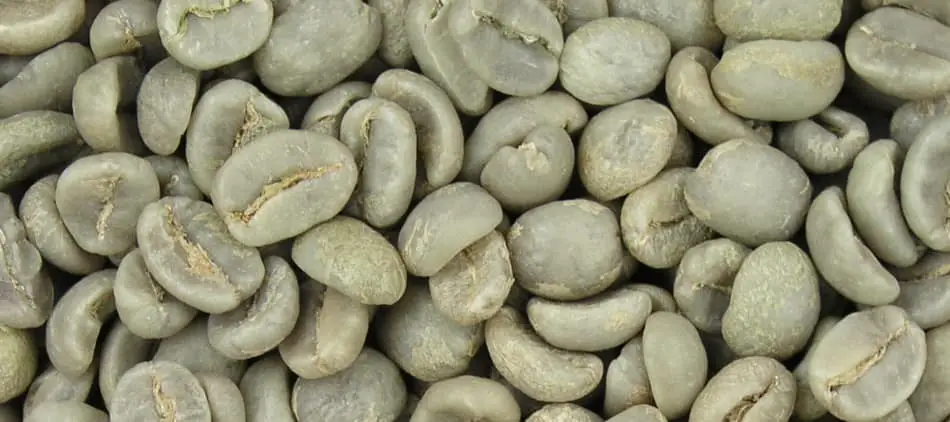
Why do coffee beans need to be roasted?
Roasting coffee is essential in order to turn the raw, green coffee beans into something drinkable. Unroasted coffee beans have a grassy, hay-like taste which is unpleasant. Roasting brings out the aroma and flavour locked inside the green coffee beans, as well as imparting new flavours through chemical reactions.
Whilst most countries only use the terms light, medium, medium-dark and dark for their coffee roast profiles, some countries such as the US like to break the categories down even further.
Breaking the roast types into smaller categories aids in communication between roasters. Each subtype has a color that roasters determine by the internal temperature of the coffee beans.
| Light | Medium | Medium-dark | Dark |
|---|---|---|---|
| Cinnamon | American | Full City | Vienna |
| New England | City | Full City+ | French |
| City+ | Italian |
Which roast profile a coffee roaster chooses is mostly dependant on the quality of the raw coffee beans. When the green coffee is of excellent quality, the roaster looks to roast the coffee to either a light or medium roast. But why?
The longer you roast coffee, the more heat influences the flavor of the coffee beans. Roasting coffee lightly preserves the original flavor, highlighting its origin.
The lighter you roast coffee, the more its origins stand out because the roasting process has minimal influence.
Roasting coffee darker emphasizes roasted flavors, overshadowing the coffee’s original characteristics.
This is comparable to cooking. For example, the inherent flavour of a vegetable is maintained when it’s steamed.
Contrast this to roasting the same vegetable in the oven. The roasting process alters the flavour of the vegetables, imparting a new, roasted flavour.
Skilled coffee roasters adapt the roasting profile based on whether the beans will be used for espresso or filter coffee. Coffee roasters like to roast a shade darker for espresso as it makes the beans more soluble in water.
Since espresso is prepared in just 30 seconds, it’s essential for the coffee beans to extract quickly. Roasting the beans a little further ensures they release their flavors easily.
Which coffee roast has the most caffeine?
Despite roasted coffee containing 10 – 15 percent less caffeine than unroasted green coffee, almost every coffee roast type contains near-identical amounts of caffeine.
This is because caffeine is stable at temperatures below 235°C (455°F). Few coffee roasters roast past this temperature due to the damaging effects the high temperatures have on the beans.
Saying this, there is a huge BUT.
A cup of dark roast coffee probably has more caffeine
As we’ve seen, the roasting process causes the coffee beans to lose moisture, which in turn causes the beans to lose mass. However, despite the beans becoming smaller, the caffeine content stays the same.
What this means is that the dark roast beans have a greater density of caffeine compared to light roast coffee.
Despite what some websites state, the way you measure your coffee doesn’t change things. Whether you measure your coffee beans by weight using a scale or by volume using a scoop, the result is the same. Let’s compare light vs dark beans.
Weighing your coffee beans on a scale shows that you need more dark beans to make up the weight compared to the larger, light roast beans.
For the same reason, if you measure your beans by volume using a scoop, you need more dark roast beans to fill the scoop.
In both cases, you use more dark roast beans than the larger light roast beans.
The difference isn’t negligible either. When using a scoop, the difference between the caffeine content is around nine percent. More incredibly, weighing the coffee beans on a scale causes a difference in caffeine levels of a whopping 32 percent.
Because most of the big coffee chains use dark roast coffee, it means you’re getting a higher dose of caffeine. To achieve the same caffeine levels as a 350ml (12oz) serving of light roast coffee, you would only need a 260ml (9oz) serving of dark coffee.
Given the fact that the big chains also use the more highly caffeinated robusta variety of coffee bean means that you really need to keep an eye on how much caffeine you’re consuming each day for it to be within the recommended guidelines of 400mg.
The extra caffeine in the robusta variety is also another reason why your coffee is so bitter. For a cup of coffee that has real flavour and doesn’t need vast amounts of calorie-laden sugar, look to buy 100 percent arabica coffee beans.
If you want to further up your coffee game, definitely take a look at my recommended coffee products.
References
- https://www.ncausa.org/about-coffee/coffee-roasts-guide
- https://www.webstaurantstore.com/guide/657/types-of-coffee-roasts.html
- https://en.wikipedia.org/wiki/Coffee_roasting
- https://www.sweetmarias.com/roasting-VisualGuideV2.php
- https://www.coffeecrossroads.com/coffee-101/coffee-roasts-from-light-to-dark
- https://sprudge.com/does-dark-roast-coffee-really-have-more-caffeine-142095.html

